Block paving is a very popular idea for garden paths, driveways and various types of decorative paving. But as block paving is not only for decorative purposes, you should know how to properly clean your driveway, paths or terrace. Read our guide for practical tips on how to do so.
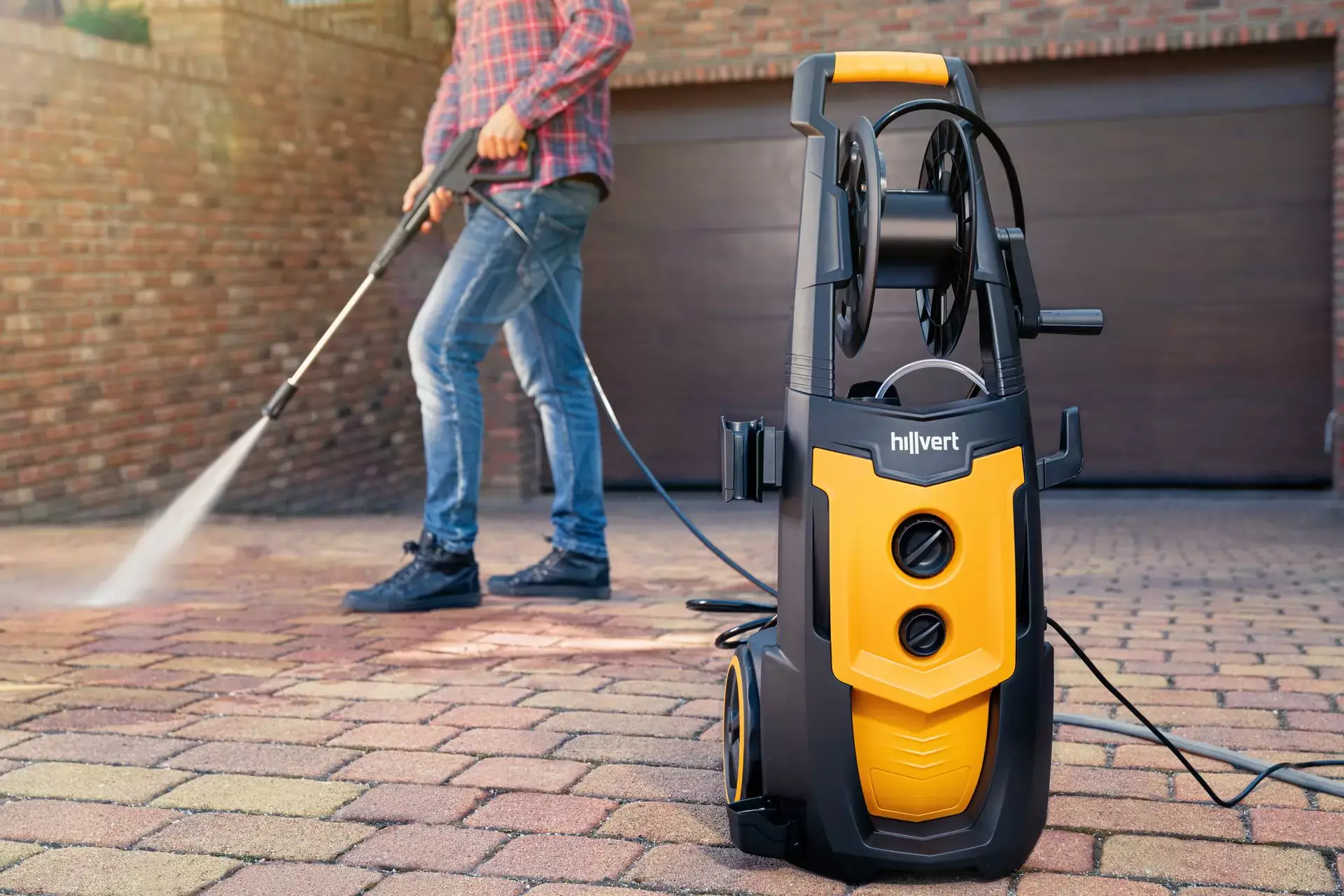
Block paving is a very popular idea for garden paths, driveways and various types of decorative paving. But as block paving is not only for decorative purposes, you should know how to properly clean your driveway, paths or terrace. Read our guide for practical tips on how to do so.
- How to clean block paving without a pressure washer
- Cleaning paving blocks from cement, paint or mortar
- Cleaning block paving from moss
- Machines for cleaning block paving
- Cleaning block paving with a high-pressure washer
- Removing grease from block paving
- Removing engine oil stains from block paving
- How to clean block paving – summary
How to clean block paving without a pressure washer
In order for block paving to retain its decorative qualities it should be regularly cleaned. Cleaning and removing various types of dirt, such as car oil stains, grease from barbecues, but also mud or moss, is necessary from time to time. Of course, one option is to use a professional company specialising in such services, but there are also effective ways to do this yourself.
It is fairly easy to clean paving stones without any complicated procedures, high-tech equipment or expensive cleaning products. Simply sweeping off loose dirt is enough for regular cleaning of sand, earth or leaves. A hard brush and a mixture of water and ordinary detergent, such as washing-up liquid, should be able to handle more stubborn dirt.
Various types of lichen, including moss, as well as fungi and mould, can be removed with a wire brush. Contrary to what you might sometimes hear, you do not have to worry about damaging the surface structure of the paving blocks, which should be hard enough to withstand cleaning with a wire brush. You could also use a solution of vinegar and water, in a proportion of 2:1.
Cleaning paving blocks from cement, paint or mortar
Sometimes the need to clean your paving blocks can be the result of your own carelessness, and not external factors. Paint, mortar or cement stains are a common sight, especially after renovation or building works in your garden. In such cases it is best to remove them as quickly as possible after they appear. It is usually enough to scratch them off and then rinse the paving with water from your garden hose. A pressure washer would obviously make it easier.
However, if the above methods are not enough, then you may have to resort to sandblasting or diamond grinding. The first method is to clean the surface with compressed air with the addition of grains of sand. A special pressure washer nozzle is used for this. The second method requires the use of special discs intended for paving blocks. Remember, however, that you should do so on the entire surface, and not only in places that are dirty.
Cleaning block paving from moss
Let’s go back to the subject of lichens, as this is one of the most common problems with block paving. Moss or various types of weeds appear in the gaps between the blocks, giving your paving an untidy feel. They most often appear in areas with high humidity or a lot of shade. Cleaning block paving from moss can be done by hand, simply pulling it out from between the blocks. However, this can be quite time-consuming, and is not a very pleasant pastime, so it might be a better idea to use special brushes designed for this purpose. The use of very hard bristles make them effective in getting rid of virtually anything in the gaps between the paving blocks. You will find such brushes in garden centres or DIY stores.
Another method for cleaning paving blocks from moss and other lichens is using water with vinegar. A proportion of 2:1 (2 – the proportion of vinegar, 1 – the proportion of water) can be applied with a brush or sprayer. You will need to apply the substance thoroughly over the area you want to clean. An advantage of this method is that it does not affect the blocks and make them discolour, and vinegar is also harmless for your soil.
The effects should be visible after a few days, but if necessary you could also use vinegar without added water. However, remember to protect your mouth, nose and eyes while doing this.
There may of course be situations when this method is not enough. In such cases you could try a designated chemical product with biocidal properties. However, bear in mind that such products are not recommended if allergy sufferers, small children or animals could come into contact with them. It is also recommended that you use protective clothing, gloves and a mask when using such substances.
Machines for cleaning block paving
If you clean block paving by hand, take into account that the process is very time consuming and requires quite a lot of physical strength. This is not only because of the scrubbing itself, but also the need to frequently replace the dirty water. It may also turn out that despite your best efforts, stubborn stains will be too hard to remove in this way.
In this case the best solution would be to use a high-pressure cleaner, making the job not only easier, but also more pleasant. The high-pressure stream of water should effectively remove even the most stubborn dirt.
Cleaning block paving with a high-pressure washer
High-pressure washers let you effectively clean block paving without using the services of a professional company. However, for the best results, make sure you choose a machine with the right parameters. In terms of efficiency, the water flow is important. This, depending on the model, may be in a range from 330 – 900 l/h. In the case of home use, 350 – 500 l/h should be enough.
The second parameter worth taking into account is the water temperature range. For best results choose a high-pressure washer that can heat the water to a temperature of 40-50 degrees Celsius.
The next parameter worth taking into consideration is the pressure value. Pressure depends on the power – the less power, the less pressure. We would not generally recommend choosing high-pressure washers with less than 100 bar pressure and 2 kW power. Our suggestion would be to go for a machine offering pressure in the range of 140-180 bar.
Also important in the case of high-pressure washers are the length of the hose or lance, the presence of a strap allowing the device to be hung on your shoulder or wheels for moving the machine during cleaning. Additional parts, such as brushes or various nozzles, e.g. for sandblasting, can also come in handy.
Removing grease from block paving
In addition to more common relatively easy-to-remove dirt, there are also stains than can be much tougher to deal with. These include, for example, greasy stains. In this case a quick reaction is very important, as left for a long time greasy stains will permanently penetrate the structure of the surface. A strong stream of warm water with the addition of a degreasing detergent should do the trick.
Washing-up liquid in a proportion of 3:1, where 3 is the amount of water and 1 is the amount of detergent, will definitely not harm the surface. After thoroughly washing the stains with this mixture, leave the surface for about an hour and only then rinse with clean water and leave to dry. If necessary, for example if the greasy stains do not fully disappear, repeat the entire process.
Removing engine oil stains from block paving
In the event that the previously mentioned methods are not sufficient, you might need to use special detergents for cleaning engine oil stains. However, bear in mind that such products are usually very strong and may change the colour of your block paving. As a result, you may successfully get rid of stubborn engine oil stains but end up with a much lighter colour of paving in the cleaned area.
For this reason, we would recommend testing the effect of the detergent on your paving in a place that is less visible, before you use it on the desired spot. You should also read the leaflet that comes with the cleaning product and strictly follow the precautions and instructions.
How to clean block paving – summary
Cleaning block paving is an activity that should not be neglected if you want your paving to fulfil its additional decorative purpose. The cleaning method you want to use should, of course, be chosen according to the type of dirt. Sometimes simple methods will do, while in some situations you will need to use special equipment, such as high-pressure washers.
Regardless of the method of cleaning, your reaction time to new stains is also important. Stubborn stains left for a long time may turn out to be too difficult to remove, and then the only solution will be specialised cleaning products or using the services of a professional company dealing with such jobs.
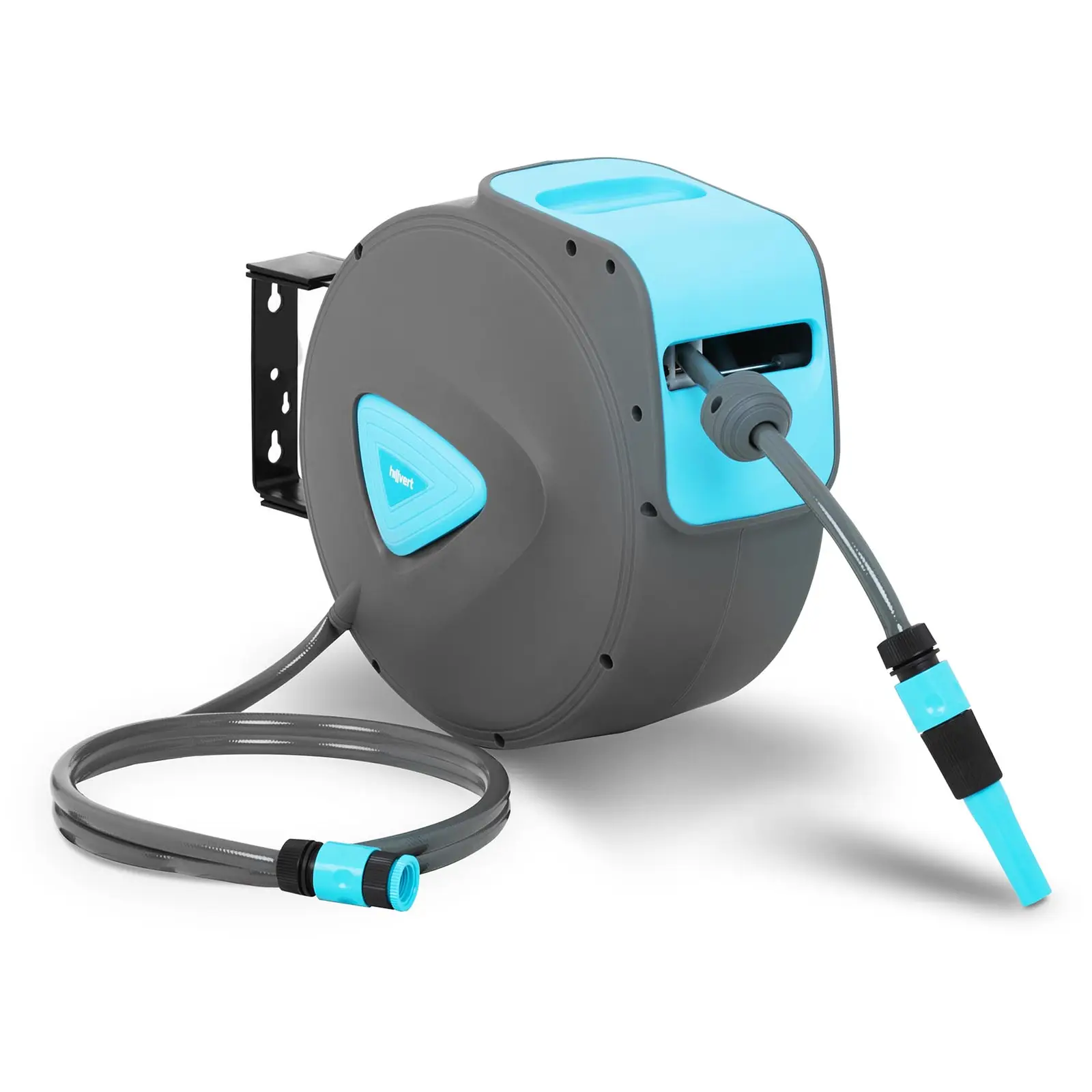

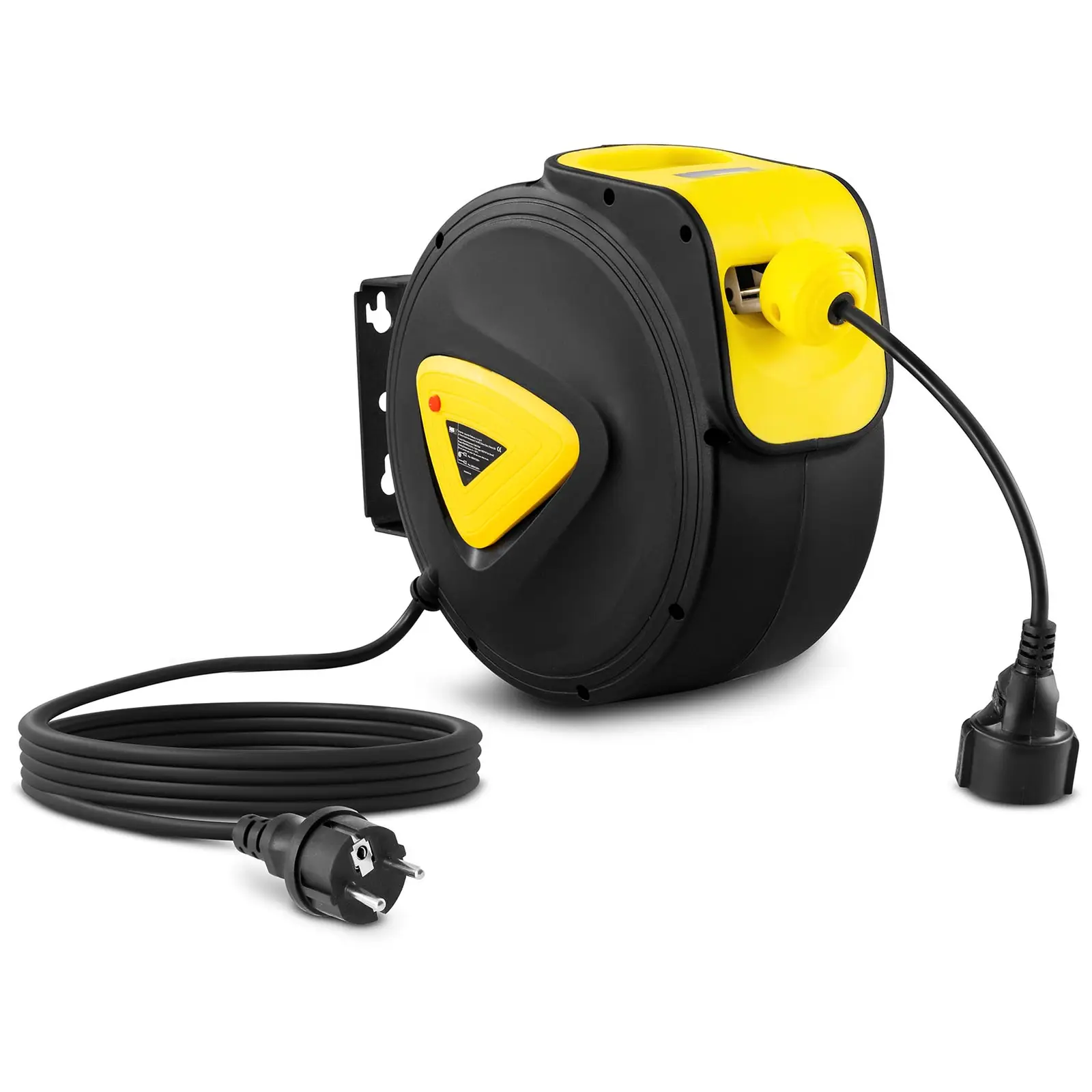
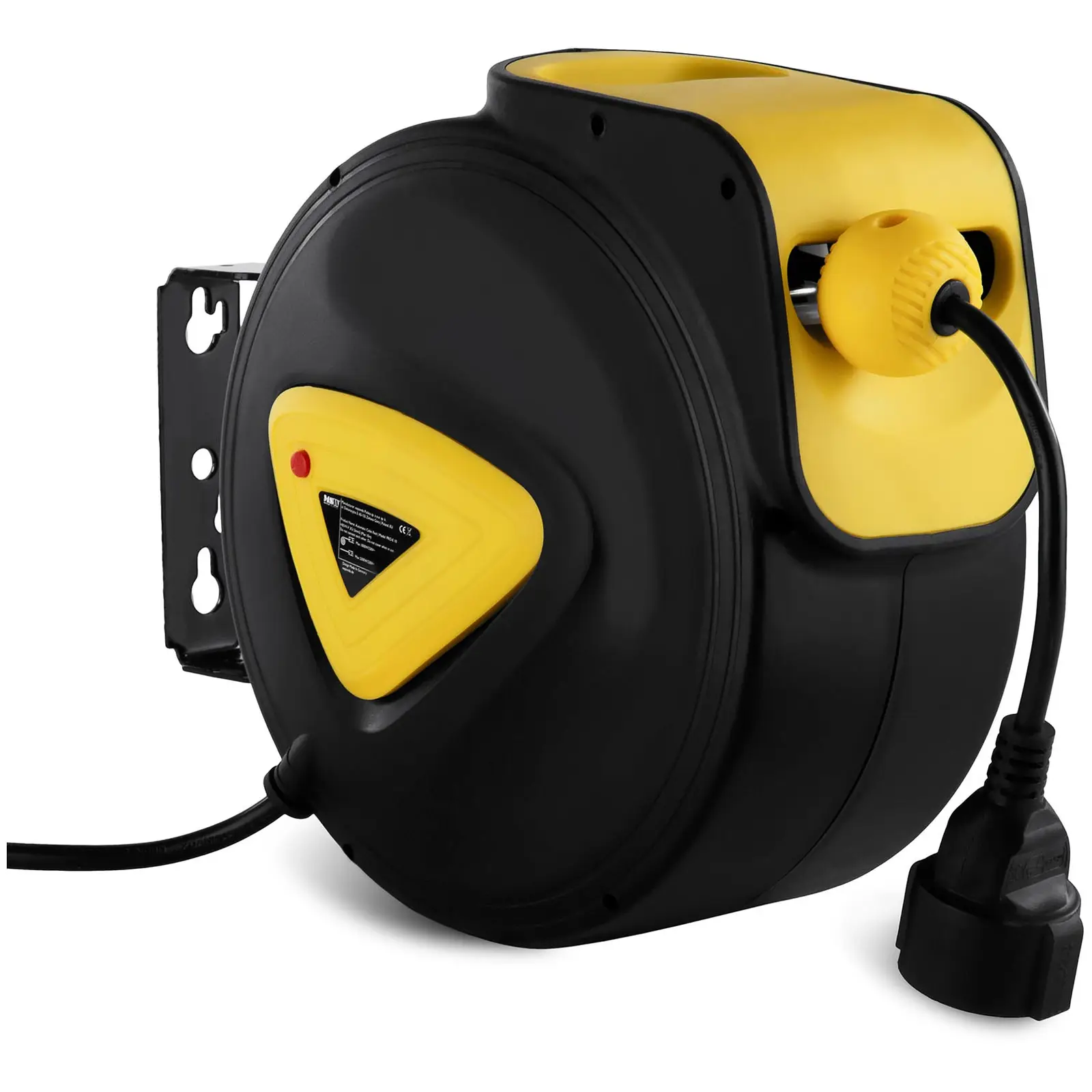
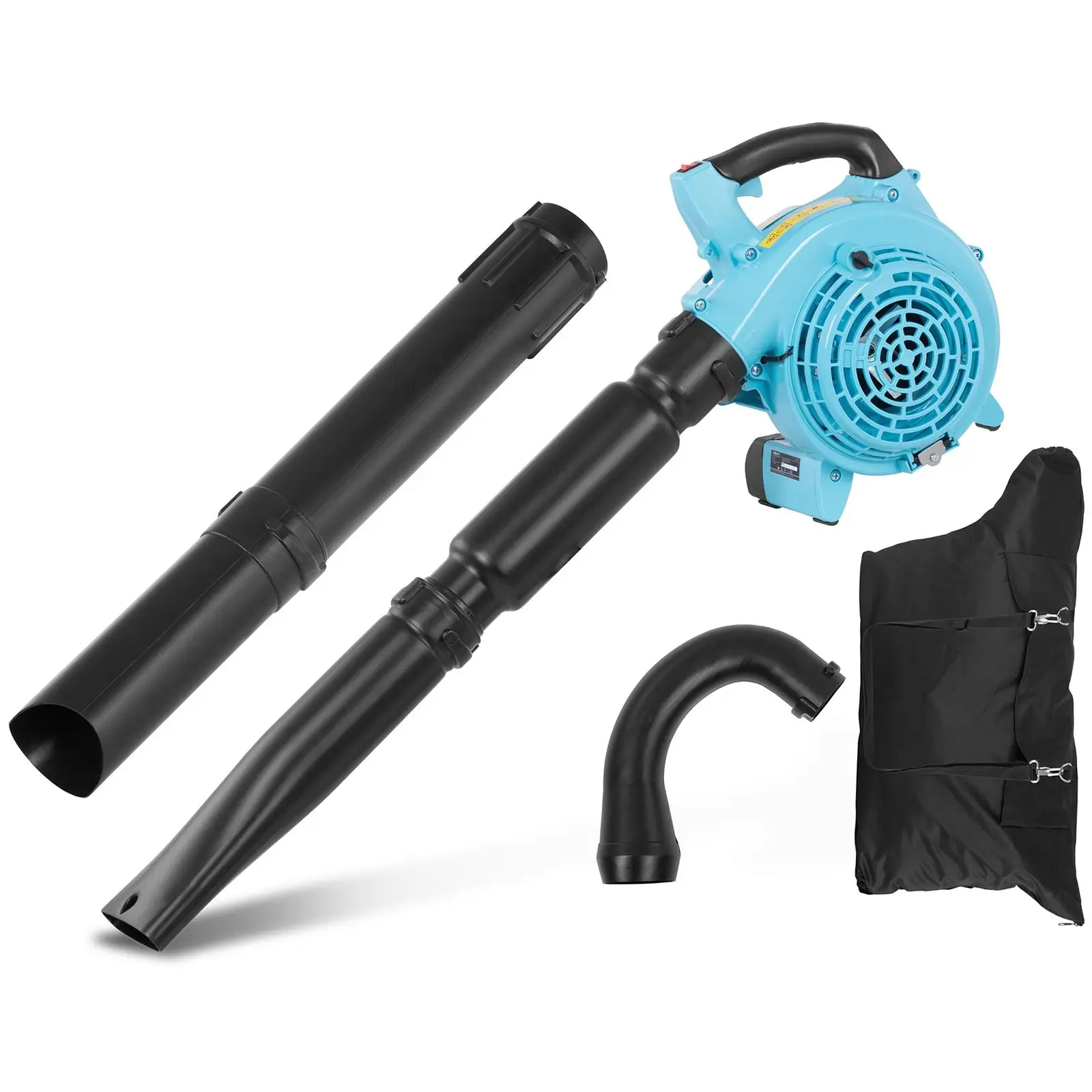
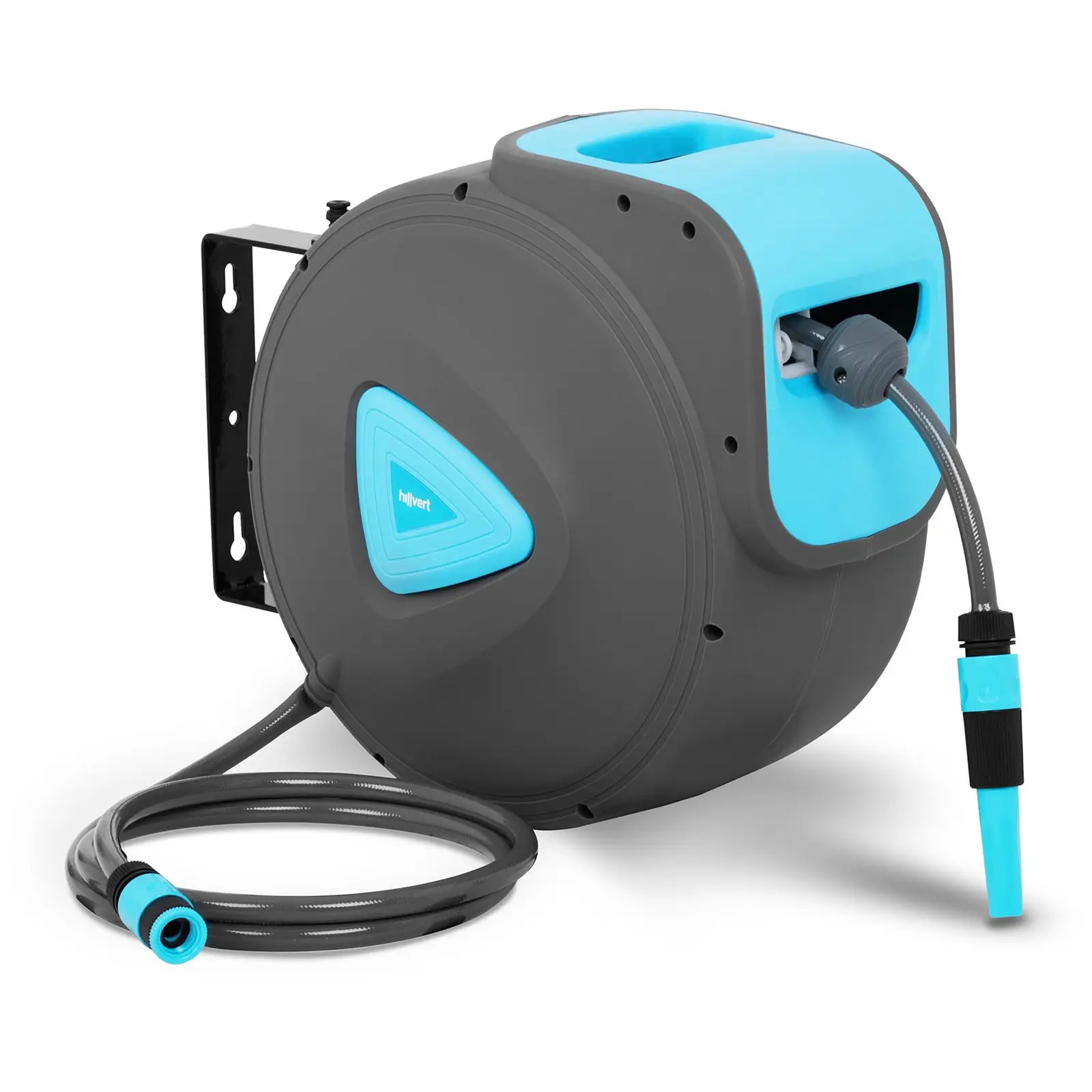

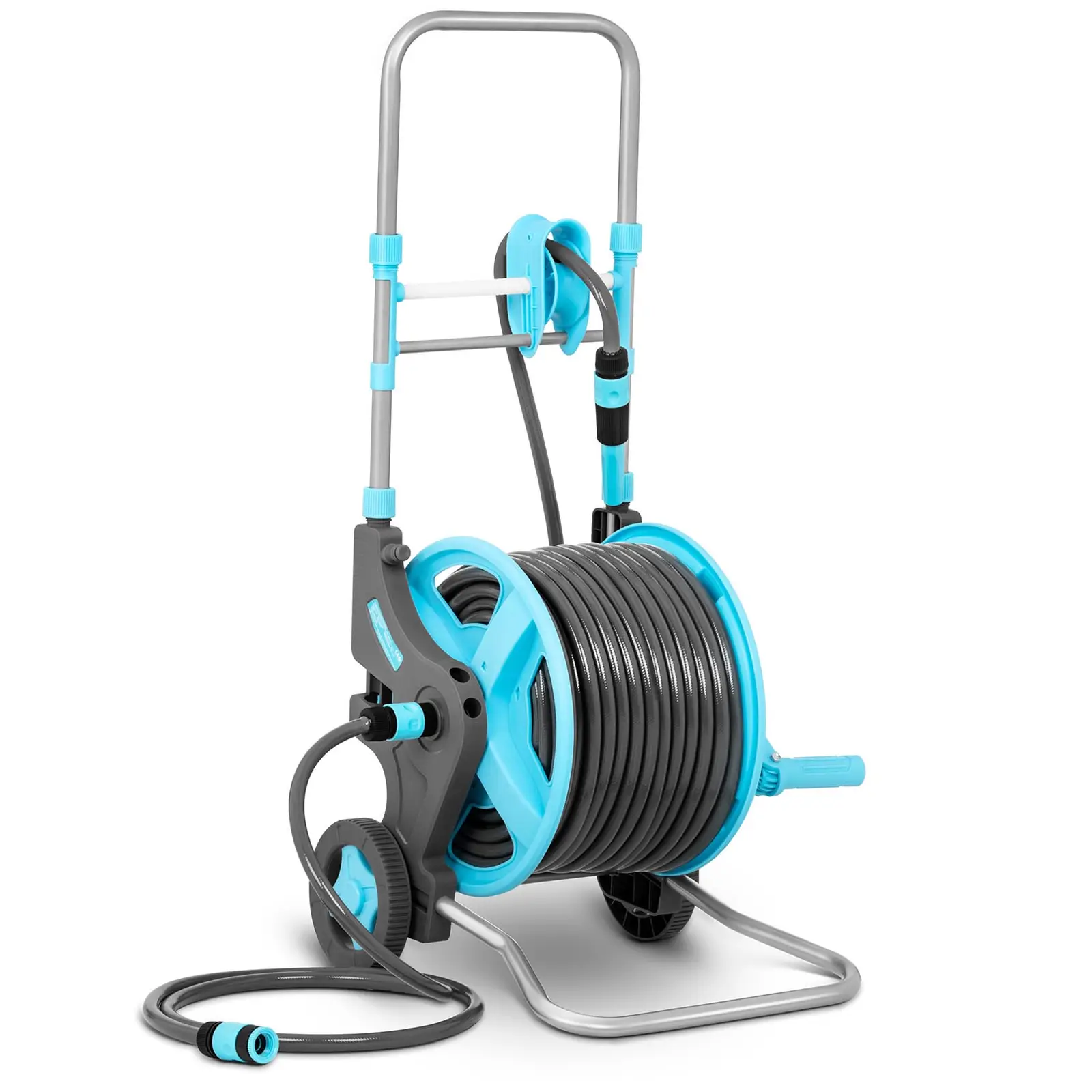

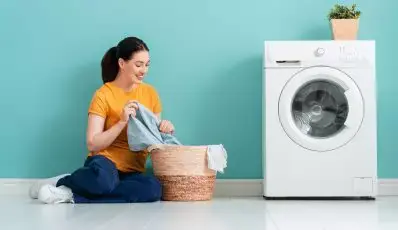


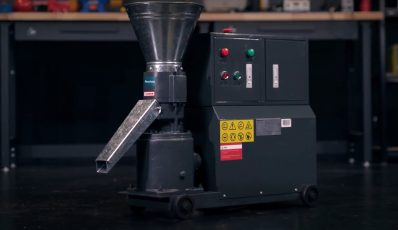

Share